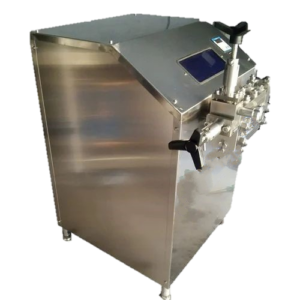MAKE DINESH SCIENTIFIC MODEL DS-MS-100
DESCRIPTION
Because they allow researchers and scientists to examine tissues, cells, and other biological material at a microscopic level, microscopes are essential tools in pathology and medical science. Research and pathology microscopes are made to specifically address the needs of the medical, biological, and allied sciences sectors. The following are some of the essential elements of using microscopes in research and pathology settings:
LIGHT MICROSCOPES:
- The most popular kind of microscope used in pathology and research are bright field microscopes. They are useful for seeing stained specimens and offer a bright background.
PHASE-CONTRAST MICROSCOPES:
- When viewing translucent or unstained materials, such as living cells, phase-contrast microscopy is especially helpful. It improves these specimens’ contrast without the requirement for staining.
FLUORESCENCE MICROSCOPES:
- Research uses fluorescence microscopy extensively. It entails labeling certain molecules or structures within cells with fluorescent dyes or proteins to enable fine-grained imaging of individual cell components.
PATHOLOGY DIGITAL:
- Digital imaging technology is used in the collection, organization, and analysis of pathology data in digital pathology. Pathologists can see and evaluate digital slides using whole-slide imaging, which facilitates remote diagnosis and teamwork.
MECHANIZED MICROSCOPY:
- Microscopy technologies are becoming more and more automated, enabling higher throughput analysis and more productivity in pathology and research labs.
RESEARCH USES:
- In several scientific fields, such as cell biology, microbiology, neuroscience, and developmental biology, microscopes are essential instruments. The structure and operation of cells, tissues, and organisms are studied by researchers using microscopes.
TECHNICAL DETAILS:
| PARAMETER | VALUE |
| Microscope Type | Rugged microscope for bright field, phase contrast and LED fluorescence |
| Illumination | Long-lasting LED fluorescence for reflected light illumination using LED modules; fluorescence application using a 4-position reflector turret – White Light Emulation 35-watt halogen bulb with 10W of 50000 hours on 12V; – Holder for the transmitted light filter; – Integrated 60W power unit; – Auto-Mechanical shutter in transmitted light for fluorescence mode ECO mode to conserve energy Light management: intensity and control Filters for holder upgrades |
| Objectives | High-quality Infinity color contrast-adjusted optical system-based objective revolver with 5/6 positions; available in 10x, 20x, 40x, and 100x options. Universal turret aplanatic condenser 0.9/1.25 for bright field, phase contrast, polarization, fluorescence, and placic application Quintuple/Sextuple position-encoded rotating nosepiece |
| Stage | Mechanical stage 75×50; friction setting; dual specimen holder for one-hand transmitted-light illumination |
| Phototube Head | Binocular phototube head with an ergonomic 20°/23mm field of view for extended, strain-free work; light distribution for 100/0:0:100 for fluorescence work; 10x/22mm eyepieces for examining tiny objects |
| Software | Image acquisition and processing software; extensive acquisition and analysis facilities Multi-channel fluorescence; interactive measurement; video file; multi-focusing |
| Reflector Turret | 4-position reflector turret for fluorescence filters Complete with long-lasting LED’s 385nm, 470nm, and 565nm light sources Emission wavelengths for GFP, RFP and other fluorescence staining |
| Photography System | High-sensitivity, dedicated-grade freestanding Full HD monochrome and color microscope camera, 5.86 x 5.86 μm high pixel size Global shutter technique and cooling – Digital binning: 13–16 mm sensor chip size; 12 bits/pixel; 30% frame rate is high. Firewire and USB 3.0; sensor coated with an IR cut filter; 0.63x adaptor to connect both cameras Active denoising and active sharpening are image-improvement functions. |












Reviews
There are no reviews yet.